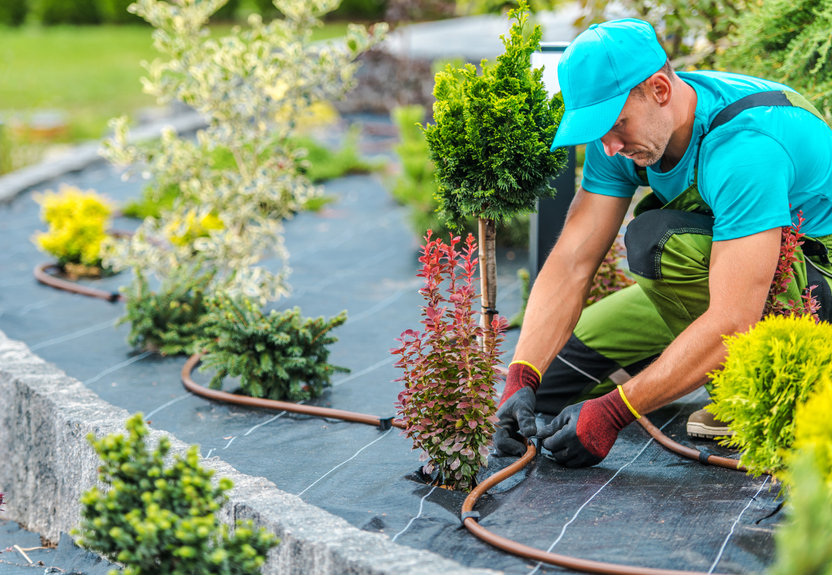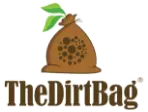
As the second driest state in the nation, we must be conscious about our water usage. Vegetable gardens are popular throughout most of the state, and they’re something many of us are proud of, especially when we grow enough food to can for the winter. There are ways to create a thriving, happy vegetable garden without using more water than necessary. Here are some tips:
- Water at the appropriate time of day. You already know not to water in the heat of the day, but it’s also important to avoid the evening hours. Soil in the evening is warm and when you add water that will likely remain all night long, the warm and wet foliage will attract bugs and fungal development. The best time to water is between 5am and 10am.
- Install a more efficient watering system. An overhead system is great for the lawn, but not the for a vegetable garden. Most of the water evaporates before it hits the soil, not making it to the roots of your veggies where it’s really needed. A drip system is much more effective at getting water where it needs to go. And bonus—it cuts down on weeds, too.
- Make sure you have healthy soil. There is no substitution for good, healthy soil in your garden. You soil is the main determiner if your vegetable garden with thrive or die. Soil texture will guide your watering schedule as well. For example, if you have more sandy soil, you will probably need to water more frequently than if you have more clay-like soil. You’ll probably need to add some nutrient-rich soil prepor compost to whatever soil you have currently to help your plants grow all season long. If you want delicious vegetables to pick, you’ll need nutrient-rich, pH-balanced soil.
- Add mulch, but not too much: Adding about one to two inches of mulch around your plants can protect plants’ roots, helps reduce evaporation, and keeps weeds at bay. There are natural mulch materials such as lawn clippings, dried leaves, and straw, or go for a prepared bark mulchthat’s beautiful and ready to go.
- Avoid buying water-hog plants: Some vegetables just aren’t great for Utah’s conditions. Plants like lettuce (although a happier-in-spring plant), broccoli, celery, and cabbage all take quite a bit of water, so avoid these if you can. If you really want to plant these, make sure you’re following the above tips to maximize your watering efforts.
- Plant companion plants: Companion planting has been around for over 2,000 years and it works. Plant items that work well together, such as corn, beans, and squash (called the three sisters). Basil and tomatoes go well together too, and strawberries like to be with onions. Save water with companion planting, but also grow healthier, stronger veggies.
The Dirt Bag wants to see your garden thrive. We love to help people get on the right track with their garden projects and can assist you in keeping it successful all season long.


